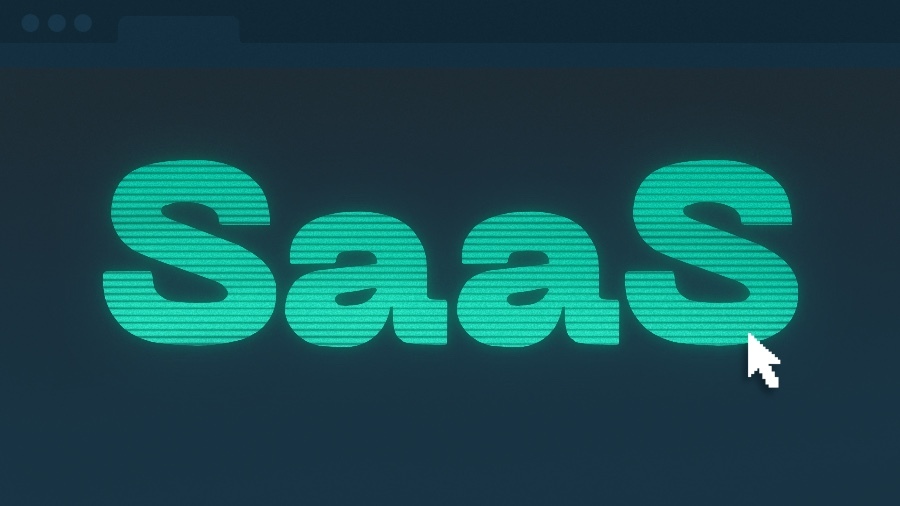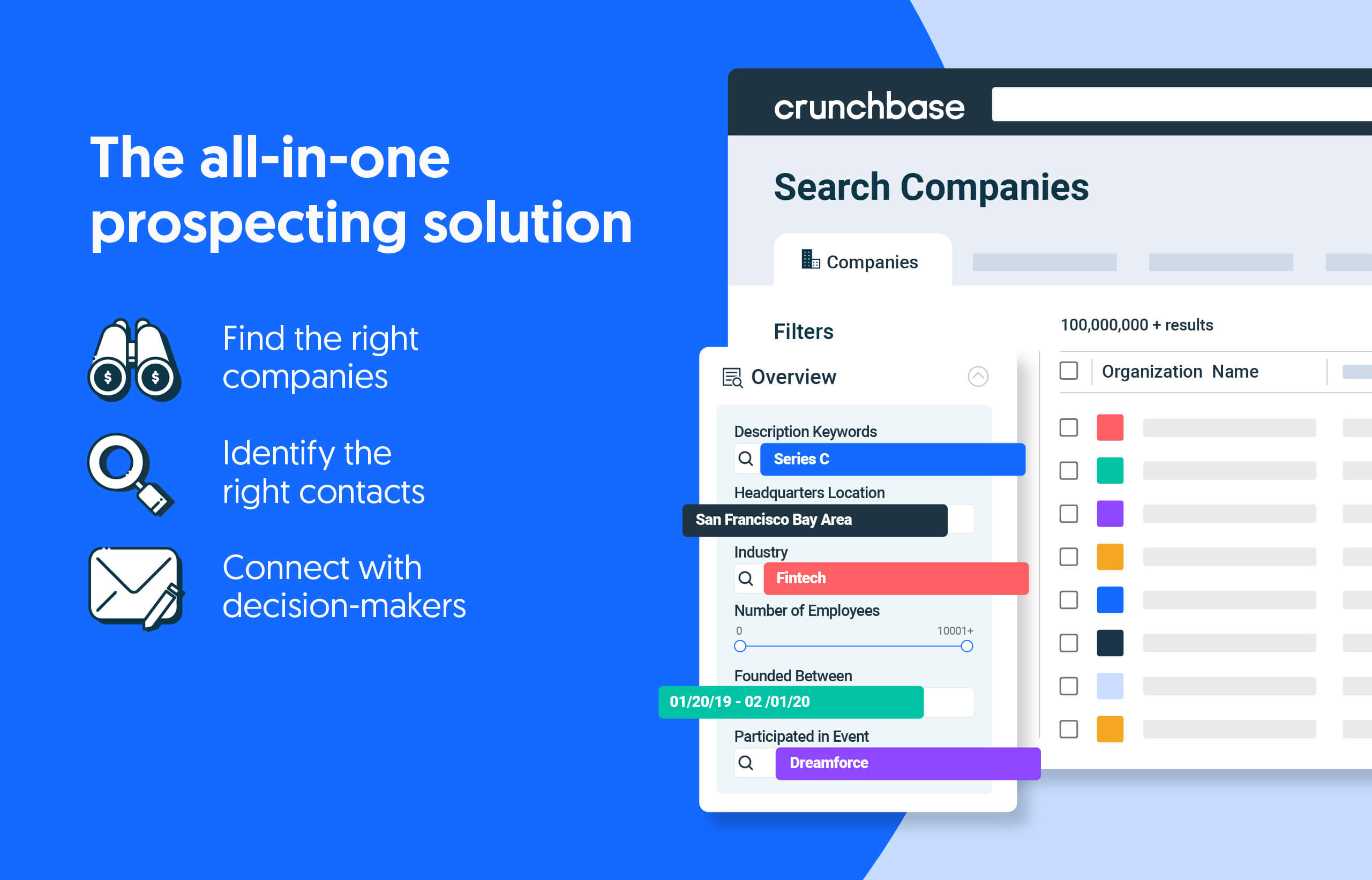A lot of factors conspired last year to make it a crazy bullish period for software as a service offerings. These included rising tech stock prices, broadly better-than-expected SaaS sector performance, and an investment environment more fixated on growth than short-term profitability.
This year, most of those factors have reversed. That goes a long way to explain why SaaS companies that debuted to multibillion-dollar market caps in 2021 are now almost universally trading well below their offer price.
How low? A Crunchbase analysis of 18 funded SaaS companies that debuted on U.S. exchanges last year shows an average decline of 58% from their offer prices.
Search less. Close more.
Grow your revenue with all-in-one prospecting solutions powered by the leader in private-company data.
The worst performer, ON24, a provider of software for webinar and online engagement tools, is down 88%. The only one that’s trading higher is cybersecurity provider KnowBe4, which is up 66%.
For more detail, we charted individual performance below:
Down, but not out
While U.S. SaaS valuations are down, the drops are milder than the carnage we’ve seen among recently public companies in other sectors, including autonomous vehicles and real estate. (Not to mention China-based listings on U.S. exchanges.)
In autonomous driving, real estate, fashion, 3D printing and other subsectors, we see some stock prices down so low that it appears investors have given up on them. This includes shares down over 95% from the IPO price or companies trading below the value of their last known cash holdings.
In SaaS, we aren’t really seeing those kinds of declines. All but three of the companies on our list are currently valued well above $1 billion. The most valuable, Toast, has an $11.5 billion market cap, and No. 2, Procore, is worth around $7.8 billion.
Many might actually seem like pretty strong valuations if you took a time machine back to, say, late 2018. That’s because market and VC expectations of what an IPO-ready SaaS company should be worth got quite inflated between 2019 and 2021.
One metric we’ve previously explored — valuation per employee — got particularly bubbly. Back in late 2018, software companies that launched successful IPOs had a per-employee valuation usually ranging in the low single-digit millions. (It trended lower for more mature companies, and higher for those who went public at an earlier stage).
By early 2021, that number had risen sharply. Software companies going public commonly had valuations exceeding $10 million per employee, and high times continued for several quarters. When UiPath went public in April, for example, it had around 2,860 full-time workers and a $36 billion valuation — equivalent to around $12.2 million per employee.
Things have since contracted. UiPath’s current $6.9 billion valuation translates into around $1.7 million per employee, which is not that high even by 2018 standards. Toast, with a little over 3,000 workers, has a valuation that works out to around $3.6 million per employee — higher, but not off-the-charts high.
End result? We’re edging closer to the kinds of valuation metrics that were the norm in the bygone days of 2018. That’s quite a bit lower than 2021 levels, of course, but it nonetheless was considered at the time to be a pretty healthy climate for SaaS offerings.
Gross margins still look good
There’s room for tempered optimism going forward as well. Unlike some of the sectors in which recently public companies have seen the sharpest downturns, SaaS providers tend to have sizable, growing revenue and high gross margins.
The companies on our list commonly have revenue in the hundreds of millions, as well as high double-digit growth rates. As software companies, they also tend to have gross margins exceeding 50%.
Profits, however, are a rarity. The vast majority of enterprise software companies that debuted on public markets in the past few years lost money. It was less of an issue before this year, as investors were largely accepting of some red ink so long as recurring revenue growth stayed high.
But conditions have changed. To boost valuations and regain investors’ confidence, it looks like SaaS companies will have to prove they can stem losses and move closer to profitability. Actual profits would be nice too, or at least a compelling case they’ll be forthcoming in the not-too-distant future.
Illustration: Dom Guzman

Stay up to date with recent funding rounds, acquisitions, and more with the Crunchbase Daily.






![Illustration of a guy watering plants with a blocked hose - Global [Dom Guzman]](https://news.crunchbase.com/wp-content/uploads/quarterly-global-3-300x168.jpg)
67.1K Followers